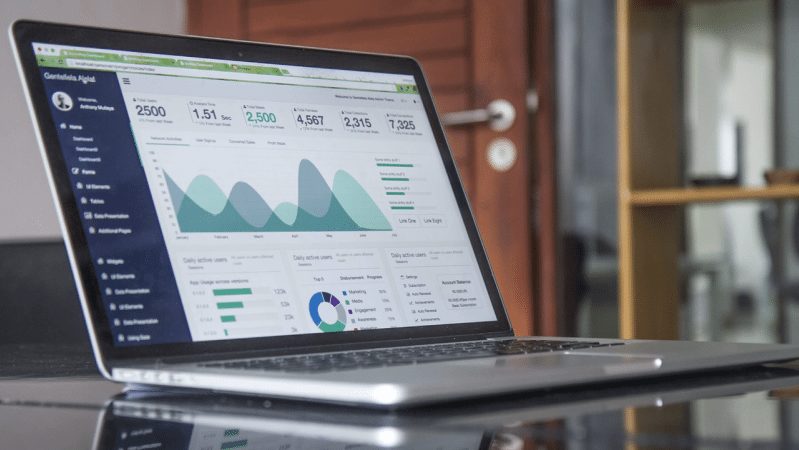What Data to Measure
Episode #2 of the course How to create a data-driven culture by Jon Leighton
What’s a data-driven culture without the right data?
For today’s lesson, we’re going back to the very beginning to make sure you’ve got the right data to start with. If you’ve got the wrong data, you won’t be making good business decisions.
While having all this extra data available does offer us the chance to analyze more angles, it can also mean that you’re wasting time and becoming distracted by irrelevant data.
What we need to do is narrow down the metrics that we’re measuring so that we’re making decisions based on information that actually affects your business goal.
This then means that we’re completely focused on achieving that business goal.
But wait! Before we dive into KPIs, we need to make sure you and your team have a clear idea of your business goal.
Defining Your Business Objectives
“What’s the point of your business?”
Don’t take that as an insult; I’m not asking you to look deep into yourself and question your very existence. What I am asking you to do is question why you’re in business.
Aside from the obvious “become a billionaire,” “buy my own island,” etc., what exactly are you hoping to achieve with your business?
Next, you need to look at what you need to do in order to achieve that objective; these are your goals.
As an example, meet Bob.
Bob runs a physical store selling obscure merchandise for geeks, with everything from Game of Thrones lunchboxes to Doctor Who Christmas tree decorations (yes, those are a thing).
His main business objective is to start selling merchandise online, but he’d also love to build a community of local geeks and cement his store as a local meeting point.
Bob’s goals would then look like this:
● Objective: Increase Sales Online
○ Goal 1: Increase Visitors to eCommerce Store
○ Goal 2: Convert Users
○ Goal 3: Make Profit
● Objective: Build a Community
○ Goal 1: Create Loyal Customers
○ Goal 2: Become an Authority
You can see that each goal directly relates to the objective. In order to sell online, he needs to increase the amount of visitors to his online store so that he can convert and sell more.
Each goal is essentially a step needed in order to successfully complete his objective.
(NB: You can also use this framework when setting objectives for specific campaigns and processes.)
Defining Your KPIs
Now that you have your underlying business objectives and their appropriate goals, you can define your KPIs so that we can actually begin to measure your progress.
In the next lesson, we’ll look at the definition of a KPI and which ones you should avoid.
We’ll look more closely at the definition, but to get you thinking, these are metrics that should be directly related to both your objective and your goal.
To go along with this course, we’ve created this Google Sheet as a template for you to keep track of your objectives and KPIs for your business.
To make your own copy, head to File > Make a Copy and you’ll be able to fill it in as we go through the course. Make sure to share it with the rest of your team!
Being data-driven is making the data available to everyone throughout the business so that they can start to make data an everyday part of their routine.
Ahead of the next lesson, see if you can identify some KPIs yourself.
Next: We’ll look at what KPIs are and what not to measure.
Best,
Jon
Recommended book
How to Measure Anything: Finding the Value of “Intangibles” in Business by Douglas W. Hubbard
Share with friends

